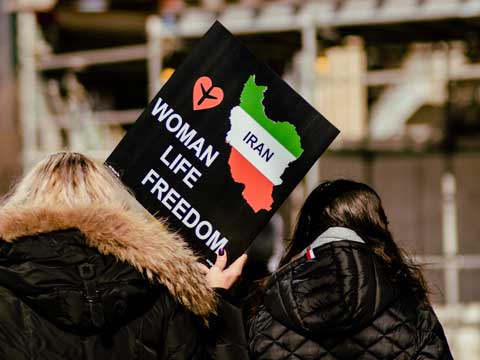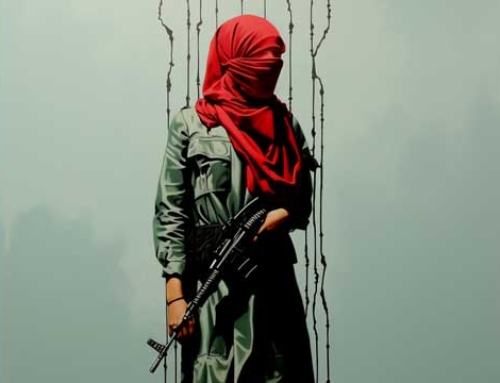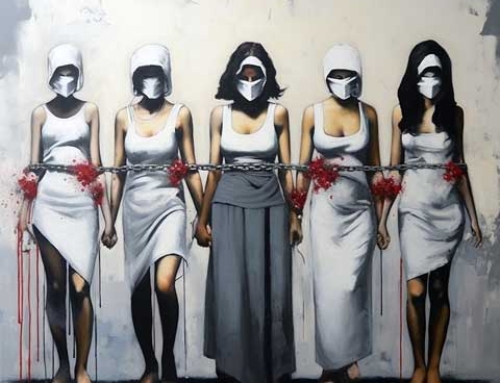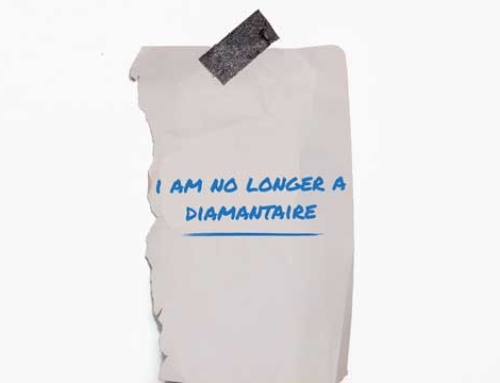Hundreds of Iranian schoolgirls have been hospitalized with poisoning symptoms in recent months. The first cases date as far back as November. Only after angry parents took to the streets did the Tehran regime announce an investigation. Fundamentalist groups were said to be behind the attacks, but the government allowed them to continue in order to frighten the girls and quell the ongoing protests against the headscarf.
Younes Panah, the deputy health minister, was the first to speak of “deliberate poisoning” on Tuesday. “Some people want to make all schools and especially those for girls close like this,” he added. The deputy minister stressed that no “poison gas” had been used. According to Tehran, chemical agents are used that can be obtained freely, substances that cause mild symptoms and are treatable.
For months, stories have been surfacing about young girls who perceive a strange smell at school, after which they become unwell. The most common symptoms are heavy sweating, vomiting, hyperkinesia and excessive saliva. But there have also been reports of loss of consciousness, paralysis and neurological damage. It was the first time the regime admitted to deliberate poisoning of schoolgirls. For months, the reports were dismissed as imagination, hysteria, attention seeking or trying to evade an exam.
Hotbeds of protest
The first cases date back to November. Then, in the holy city of Qom, 50 schoolgirls were taken to the hospital. Several girls were admitted for observation. The poisonings spread to girls’ schools – and exceptionally a boys’ school – in Tehran and Ardabil. Meanwhile, similar incidents were reportedly observed in 15 cities.
Remarkably, almost all of those cities were also hotbeds of protest against the dress code for women. These began in September after vice police attacked Masha Amini so severely that she died. The 22-year-old allegedly did not wear her hijab quite correctly. The protest was led and spread on social media by the girls who were subsequently thus poisoned, both the oldest humanities students and higher education students. The beginning of the mysterious attacks coincided with a wave of food poisonings among students at various universities that led to hospitalization.
Dangerous pesticide
School principals, local authorities and the Ministry of Health continued to dismiss the stories as at most panic attacks. How many casualties occurred no one knows. But the estimate runs into the “many hundreds.”
According to a doctor who examined victims in Qom and Borujerd, pesticides based on organophosphate are being used. A pesticide against insects that was also experimented with in World Wars I and II as the basis of poison gas. “I have previously seen such phenomena only in agricultural accidents,” he told The Guardian anonymously. According to local media, girls testified how they saw men throwing something into the school garden before becoming unwell. Others referred to plainclothes officers blocking school entrances, after which a pungent smell spread across the school that sickened teachers as well.
Despite the announcement Tuesday that there will be an investigation to find the culprits, the attacks continued Wednesday. Among others, girls fell ill in schools in Ardabil and Tehran. Nor does there seem to be much enthusiasm to help the commission. Surveillance cameras that the regime put up in schools after the protests suddenly appeared to be out of service during the attacks. School principals on Wednesday banned sick students from contacting their parents. Parents were barred from the emergency room the same day in Tehran by security forces.
Possible perpetrators
If closing schools was the goal, the perpetrators have already partially succeeded. Several schools have been closed “for investigation.” Giving perpetrators free rein for months has created a climate of fear among young people and their parents. In Qom, often only one in five of the students shows up.
The commission of inquiry says it wants to find out “who wants the schools closed.” However, it is highly remarkable that a state that has an iron grip on the population, has eyes and ears everywhere and applies facial recognition on a massive scale, has noticed nothing all this time and now has to start from scratch.
The possible thesis put forward by the commission, before it has even started, is that “agents of hostile states” want to put Iran in a negative light. But the thesis most prevalent among Iran experts is that Tehran has long known who is behind the poisonings. Fundamentalist groups who want to get schoolgirls back into the strictest alignment. If necessary, by closing schools seen as hotbeds of resistance. The Taliban set a bad example in Afghanistan over the past 20 years. With a poison gas campaign, they tried to keep girls out of education. The Tehran regime allegedly allowed those groups to fester to retaliate against the activists who dared to challenge the Ayatollahs. Brutal violence against the often young activists in Iran is neither new nor exceptional. Testimonies of beatings, torture and rape are as old as the protests themselves.







